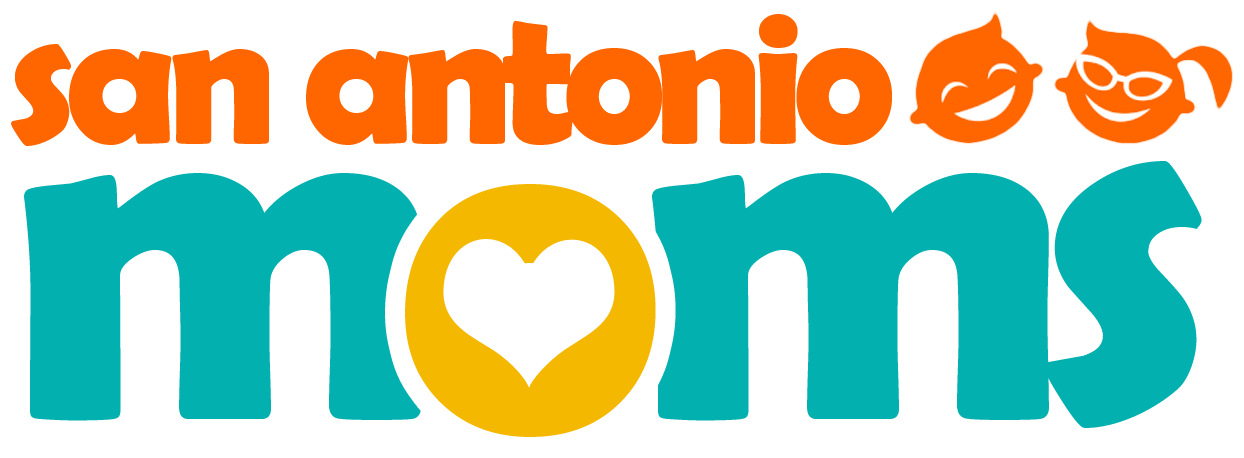Preschoolers learn at their own pace. Some preschoolers will master writing their letters while others will be able to recite favorite books from memory. No matter what your preschooler’s strengths may be, you can feel confident that they are learning, as long as you are providing a well-rounded curriculum that encourages literacy.
Steps to Literacy
Table of Contents
The steps to literacy may happen in any order. Preschoolers learn in different ways and that affects the path that they take as they learn to read and write.
Sings the ABC’s
We begin singing the ABC’s to children long before they even enter preschool. By the time a child enters preschool, they should at least be very familiar with the Alphabet song even if they are not able to sing the entire song on their own. Preschoolers can not learn to write unless they know what the letters of the alphabet are. Circle time is a wonderful way to include the alphabet song in your daily preschool schedule but it can also be sung during transition periods and during playtime.
Recognizes the Letters of the Alphabet
Preschoolers should be able to recognize most of the letters of the alphabet and point them out in various forms of print such as signs, books, and labels. They may be more familiar with some letters than others but with time and child-directed education practices they will learn them all.
Understands that Words Stand for Something
Preschoolers need to understand the concept that words on a page stand for something else such as an object or an action. As preschoolers are read to on a regular basis they come to this conclusion on their own. Create a print-rich preschool environment by labeling cubbies with each preschooler’s name, labeling exits, and including words as part of your bulletin board displays.
“Reads” From Left to Right
Before preschoolers are even able to read books on their own they can learn that words are read from left to right. When reading one on one with a preschooler, trace the words on the page with your finger as you read to show the preschooler the direction that you are reading. This practice also helps preschoolers to understand that the words on the page stand for something else and you are not simply telling them a story that you have memorized.
Recites Books from Memory
Preschoolers love to read the same books over and over again and this practice is an important aspect of learning to read. While preschoolers do enjoy reading a variety of books it is important to include a lot of repetition in their reading. Keep a few core books available to use during storytime so that preschoolers can hear them over and over again. Preschoolers will begin to memorize the words to their favorite books and will enjoy “reading” the story to adults or other preschoolers. This activity encourages literacy and helps preschoolers learn to enjoy reading.
Imitates Writing
Before preschoolers are able to write the letters of the alphabet they will practice “writing” notes and letters. This early writing often looks like long squiggly lines across the page but it will eventually evolve into true letters.
Recognizes Their Own Name
Preschoolers recognize their own name before any other written word. Their name is special to them and it is important to them that they know what it looks like. In time, they will learn to recognize other words as well. Their name will likely be the first word that preschoolers learn to write correctly.
Starts to Write Letters
As preschoolers develop their literacy skills their squiggled letters will begin to evolve into real printed letters. At first, the letters may be difficult to recognize but with practice, they will become clear.
